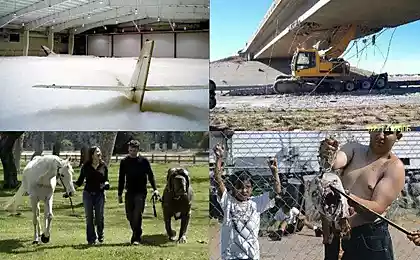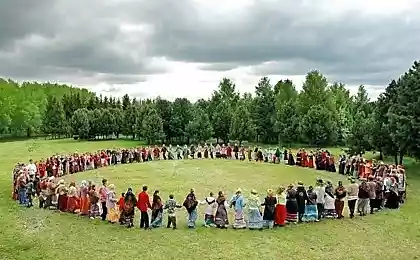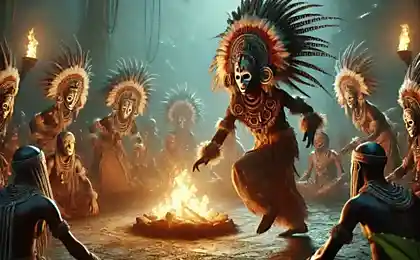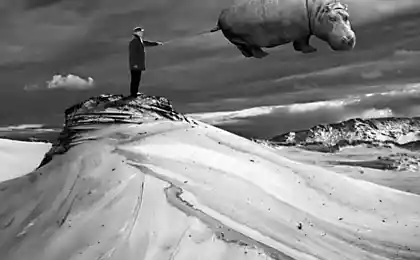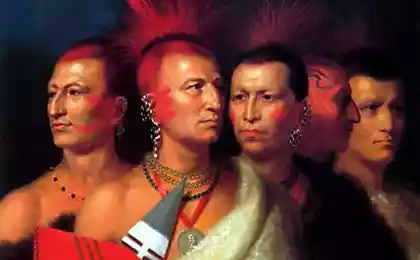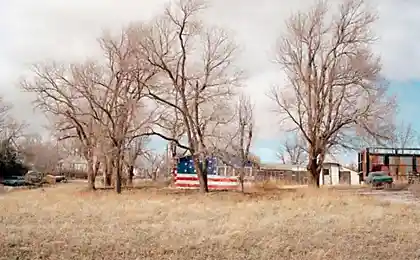204
What is life like on an Indian reservation?
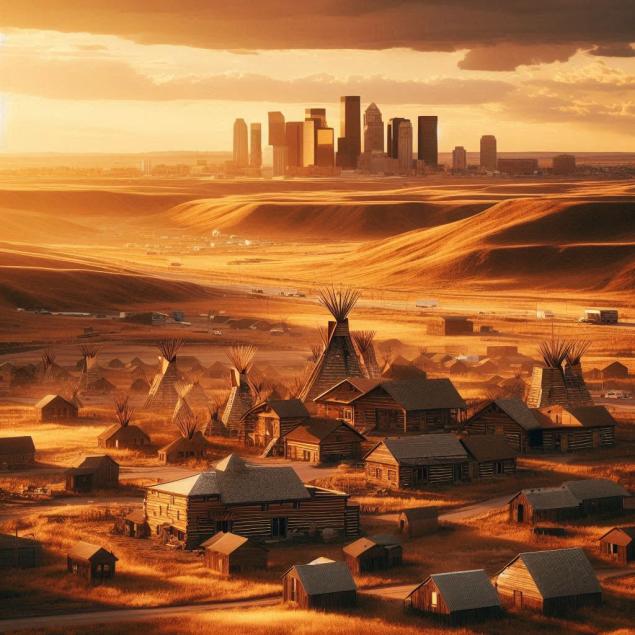
In the world there are many isolated territories where people live by their own rules, preserving their own culture and traditions. But there are special places among them – Indian reservations, which are a unique phenomenon at the intersection of ancient history and modern realities. These territories, officially allotted to the indigenous peoples of North America, became real states within a state, with its own laws, problems and achievements.
Indian reservations are not just places of compact residence of Native Americans. These are territories with a special legal status, the result of centuries of struggle for the preservation of cultural identity and historical justice. Today, there are 326 reservations in the United States, home to about 22% of the country’s indigenous population.
History: From Free Lands to Limited Territories
The concept of Indian reservations arose as a result of the expansion of European settlers in North America. As the colonizers moved inland, the indigenous peoples were pushed back to more distant lands. At the beginning of the XIX century, the U.S. government began a policy of forced resettlement of Indians in specially designated areas.
The turning point was the Indian Relocation Act of 1830, signed by President Andrew Jackson. This law initiated a massive forced relocation of tribes from the east to the west of the country, known as the "Road of Tears." Thousands of people died during this transition, and the survivors found themselves in unfamiliar lands, often unsuitable for traditional lifestyles.
By the end of the nineteenth century, the reservation system was fully established, and the area owned by indigenous peoples had decreased from 1.9 billion acres to about 55 million — less than 3% of the original territory.
Modern realities: between sovereignty and dependence
Today, Indian reservations have the status of "internally dependent nations." This means that the tribes have some degree of self-government and sovereignty but are subject to U.S. federal jurisdiction. This situation creates a unique legal and social environment, which is significantly different from life outside of reservations.
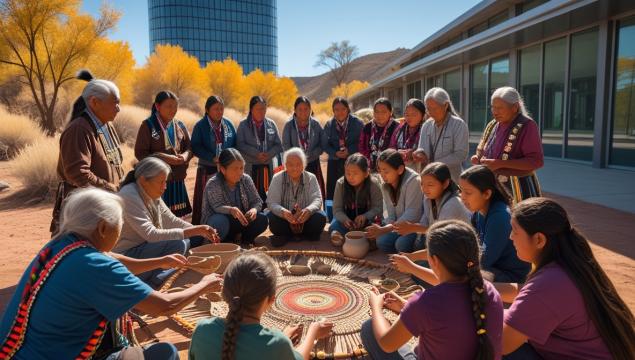
Economic and social situation
The economic situation on most reservations remains difficult. According to the U.S. Census Bureau, the poverty rate among Native Americans is about 25%, twice the national average. The unemployment rate on some reservations is as high as 80%.
On the Pine Ridge Reservation in South Dakota, one of the largest in the United States, the average life expectancy of men is just 48 years - lower than in some of the most economically disadvantaged countries in the world. The infant mortality rate here is five times higher than the US average.
The main sources of income for many reservations were casinos and gambling, which were allowed on their territory since 1988 after the adoption of the Indian Gambling Regulatory Act. However, this source of income is available only to those reservations that are located near major cities and tourist centers. Remote reservations continue to suffer from a lack of economic opportunities.
Housing and infrastructure
The housing crisis is one of the most acute problems on reservations. According to the U.S. Department of Housing and Urban Development, about 90,000 Native American families live in either overcrowded homes or housing that does not meet minimum safety standards.
On the Navajo Reservation, the largest by area in the United States, about 30% of households do not have access to electricity, and 40% do not have access to running water. Many families are forced to carry water in containers, traveling dozens of kilometers to the nearest source.
The main problems of Indian reservations:
- Extremely high unemployment rate (from 40% to 80% on various reservations)
- Insufficient quality of education and limited access to higher education
- Health care problems, including high rates of diabetes, alcoholism and suicide
- Outdated or missing infrastructure
- Difficulties in obtaining loans and attracting investments due to the peculiarities of the legal status of lands
Cultural Revival: Preserving the Heritage of Ancestors
Despite economic hardships, reservations have become centres of cultural revival for indigenous peoples. After decades of bans on traditional practices, religious ceremonies and the use of native languages, many tribes are now actively working to preserve and restore their cultural heritage.
In the schools of reservations there are programs for studying native languages, cultural centers and museums are opened, traditional crafts are revived. This movement is of great importance not only for the identity of indigenous peoples, but also for the entire cultural diversity of the planet.
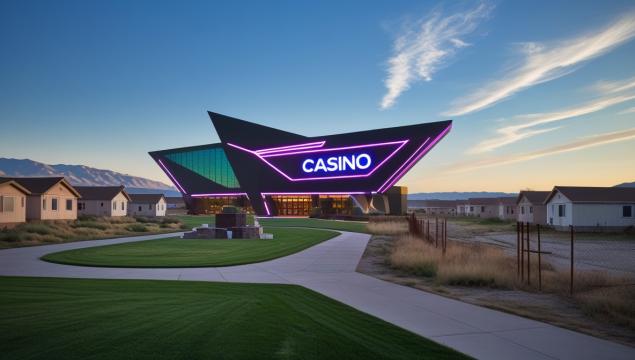
“Our culture is not a museum exhibit. It’s a living, breathing part of our existence that continues to evolve in a modern context. – Della Badbir, Crow activist
Justice and Security: Legal Paradoxes
The special legal status of reservations creates unique challenges in the field of justice. Tribal courts have limited jurisdiction and cannot try serious crimes committed on reservations. These cases are referred to federal courts, which are often a considerable distance away.
This has led to a situation where the crime rate on reservations is significantly higher than the national average, and crime detection is significantly lower. Violence against women is particularly acute: Native American women are 2.5 times more likely to be victims of sexual violence than other ethnic groups.
In 2010, the Tribal Justice Act expanded the powers of tribal courts, and in 2013, amendments to the Violence Against Women Act made it possible to prosecute non-tribal individuals for domestic violence on reservations. These are important but insufficient steps to address the problem.
Practical recommendations for understanding life on reservations
For researchers and journalists:
- Get official permission from the tribal council before visiting the reservation for research purposes
- Respect privacy and cultural practices, and do not photograph people or religious sites without explicit consent.
- Learn the etiquette and traditions of a particular tribe before visiting.
- Refer to primary sources – interviews with reservation residents will give a more accurate picture than external observations
- Visit only public events and areas, many places on reservations are not reserved for outsiders.
- Buy authentic products directly from artisans, supporting the local economy
- Choose travel businesses owned by tribe members
- Avoid alcohol, many reservations have Prohibition
- Support organizations working on specific issues on reservations (education, health, economic development)
- Follow up on legislative initiatives related to the rights of indigenous peoples
- Inform others about the real state of affairs, avoiding romanticization or demonization of life on reservations.
- Explore the history of government-indigenous relations to understand the roots of contemporary issues
Indian reservations are not just “slums with a century of history,” as they are sometimes simplified. They are complex, multifaceted communities at the intersection of historical trauma and cultural renaissance, poverty and innovation, legal constraints and the quest for sovereignty.
Modern reservations are gradually changing. Some tribes successfully develop tourism, renewable energy, and sustainable agriculture. The younger generation is actively fighting for the rights of their peoples, using modern technologies and social media. There is a growing awareness of the need for systemic change both within communities and in government policies towards indigenous peoples.
The future of Indian reservations depends on many factors: the political will of the government, economic opportunities, the preservation of cultural heritage and the ability to adapt to modern realities without losing its unique identity. This is a complex balance that each tribe finds in its own way, drawing on the wisdom of their ancestors and boldly looking to the future.
Glossary of terms
Reservation
A territory with a special legal status, officially assigned to a certain Indian tribe or several tribes. It is under federal jurisdiction but has elements of self-government.
Tribal sovereignty
A legal concept defining the special status of Native American tribes as "internally dependent nations" with the right to self-government, but within the framework of the US federal system.
Bureau of Indian Affairs (BIA)
The U.S. federal agency responsible for administering lands under trust management for Native American tribes and administering programs aimed at the economic and social well-being of Native Americans.
Trust land
Land legally owned by the U.S. federal government but administered for the benefit of Native American tribes or individuals.
Tribal Council
An elected governing body on an Indian reservation that makes key decisions regarding the use of resources, legislation and interaction with the outside world.
The Indian Reorganization Act
A federal law of 1934 ended the policy of dividing tribal lands into individual plots and promoted the restoration of tribal self-government.
Indian Gambling Regulatory Act
A 1988 law establishing the legal basis for gambling on Indian reservations and creating the National Indian Gaming Commission.
Home physiotherapy: the way to health without leaving home
5 political murders that shocked ancient Rome

